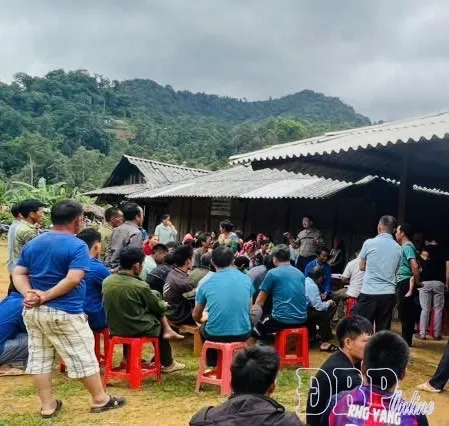
In fact, during the process of implementing the arrangement of commune-level administrative units according to the Resolution of the National Assembly Standing Committee, in some localities of the province, there were initial reactions from a part of the people, mainly revolving around naming new communes and determining the location of administrative headquarters.
In Dien Bien district, the merger of three communes, Na Tong, He Muong and Nua Ngam, into a new commune has been carried out in accordance with regulations. According to the plan, the new commune is Nua Ngam commune, with its administrative headquarters located in the center of the old Nua Ngam commune. However, some people, especially in five highland villages including Son Tong, Gia Phu A, Gia Phu B, Huoi Chanh and Hin Son, expressed concerns that the new headquarters location is too far away, not convenient for administrative transactions.
Some people suggested that the headquarters should be located in Na Tong commune, where the majority of the highland residents have more convenient travel conditions. There were cases where there was an intention to organize vehicles to take the Party cell secretaries of the villages to the province to "petition", causing the public opinion situation to become complicated, and some bad elements took advantage of it to incite and distort on the internet.
However, under the close direction of the Provincial People's Committee and the timely and drastic participation of the Party Committee and authorities of Dien Bien district and Na Tong commune, propaganda, dialogue and explanation activities have been deployed to every village and household. Thanks to that, doubts and frustrations have gradually been resolved, and people have agreed and trusted.
Mr. Vi Van Bien, Chairman of the People's Committee of Na Tong Commune, shared: "It is understandable that people have concerns. But if information is not provided promptly and transparently, it will be very dangerous for bad forces to take advantage. Choosing the headquarters in Nua Ngam is a careful calculation based on land fund conditions, infrastructure connections and long-term development orientation. Up to now, people have clearly understood and supported the general policy."
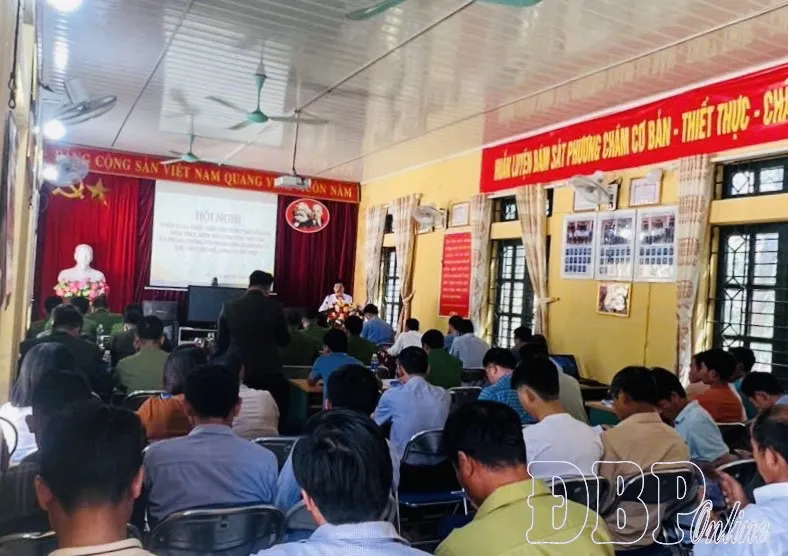
A similar situation also occurred in Muong Nha commune (Dien Bien district) during the merger of 3 communes: Muong Loi, Muong Nha and Phu Luong. Although most people agreed with the merger plan, there were opinions that disagreed with placing the administrative headquarters in Phu Luong commune, but suggested choosing Muong Nha commune - a place considered to have a historical position, convenient infrastructure and more development. According to information from the authorities and local government, there were 3 subjects in this area who enticed and incited people to make baseless demands, even posting false information on social networks, causing public confusion.
Faced with concerns from the grassroots, provincial authorities have clearly identified that in the context of digital transformation and a lot of confusing information on cyberspace, any major policy, if not well protected by official ideology and media, will easily be distorted and exaggerated, leading to chain reactions that are difficult to control. Therefore, the entire political system needs to proactively take action with a high sense of responsibility, not waiting for problems to arise before handling them, but grasping the situation and "anticipating" ideology.
Party committees and authorities at all levels have promptly led and directed the work of ideological orientation and widely disseminated the objectives and significance of administrative unit reorganization. From the province to the grassroots level, mass mobilization work has been carried out systematically, closely, and flexibly with many forms suitable for each subject and each locality. Socio-political organizations such as the Fatherland Front, Farmers, Youth, Women, etc. have also played a good role as a bridge between the Party, the government and the people, actively mobilizing members, union members and people of all walks of life to agree with the general policy.
Not only mobilizing extensively, many mass organizations also coordinate to organize meetings, exchanges, and dialogues in small groups and residential areas to promptly resolve questions and concerns right from the root. It is this synchronous and in-depth engagement that has created a "soft but solid shield", helping to stabilize people's thinking and strengthen trust in the leadership of the Party and the State. This is also a clear demonstration of modern leadership thinking, placing people and socio-political stability at the center of every step of administrative reform.
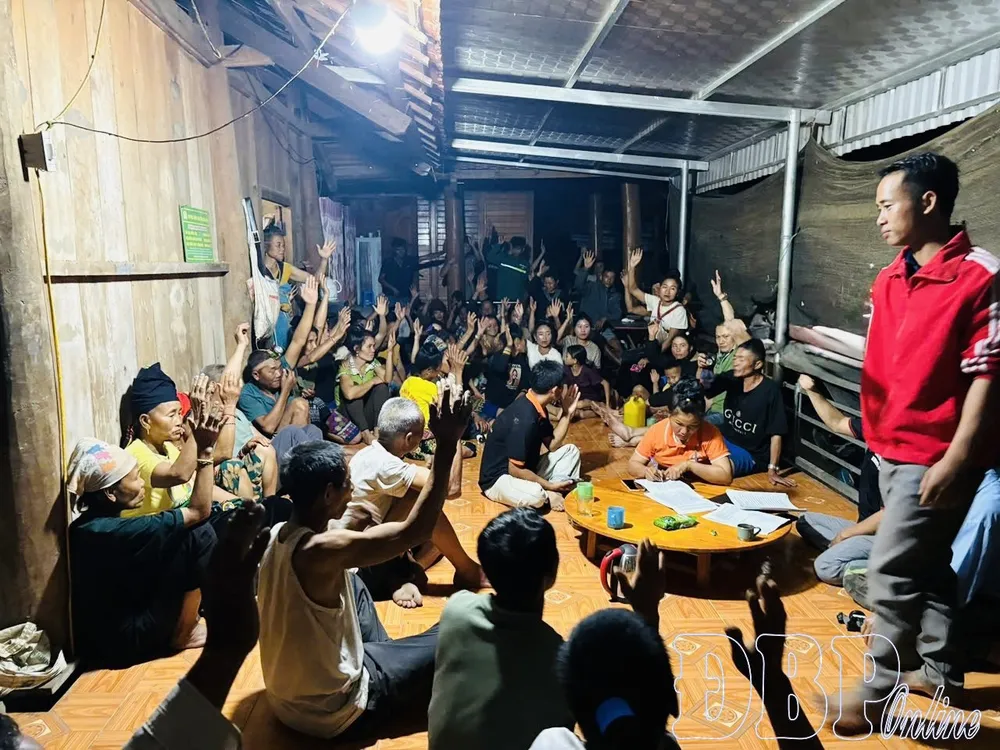
Up to now, the entire Dien Bien province has completed the arrangement of commune-level administrative units according to plan. According to the Resolution of the National Assembly Standing Committee, Dien Bien has streamlined commune-level administrative units from 129 to 45 commune-level administrative units (42 communes and 3 wards). Conditions for human resources, headquarters, management data and operating systems are ready for the new communes to officially operate from July 1, 2025.
The synchronous and systematic participation of the entire political system from the province to the grassroots level in ensuring safety and security has shown the determination of Dien Bien province in successfully implementing a major policy of the Party and State.
Source: https://www.sggp.org.vn/giu-vung-tran-dia-tu-tuong-trong-sap-xep-hanh-chinh-post800988.html




![[Photo] General Secretary To Lam works with the Standing Committee of Quang Binh and Quang Tri Provincial Party Committees](https://vphoto.vietnam.vn/thumb/1200x675/vietnam/resource/IMAGE/2025/6/25/6acdc70e139d44beaef4133fefbe2c7f)

![[Photo] More than 124,000 candidates in Hanoi complete procedures for the 2025 High School Graduation Exam](https://vphoto.vietnam.vn/thumb/1200x675/vietnam/resource/IMAGE/2025/6/25/fa62985b10464d6a943b58699098ae3f)
![[Photo] First training session in preparation for the parade to celebrate the 80th anniversary of National Day, September 2nd](https://vphoto.vietnam.vn/thumb/1200x675/vietnam/resource/IMAGE/2025/6/25/ebf0364280904c019e24ade59fb08b18)
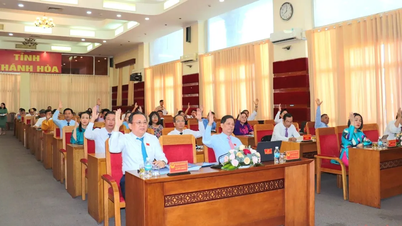


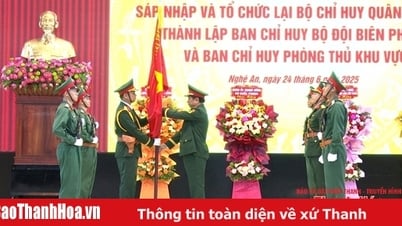

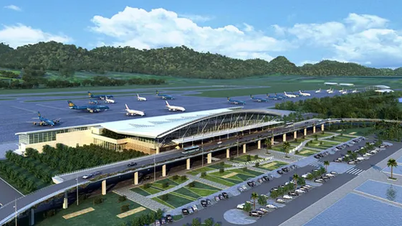



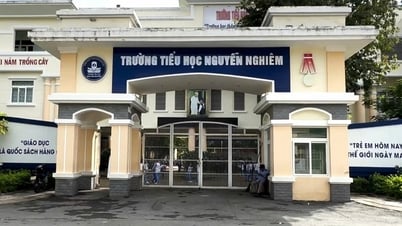

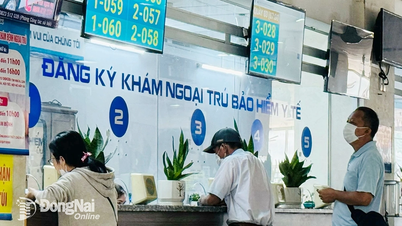


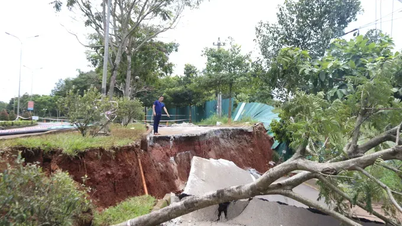
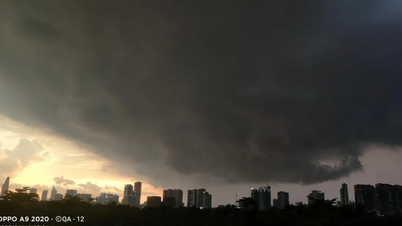
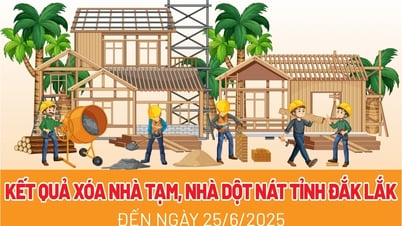






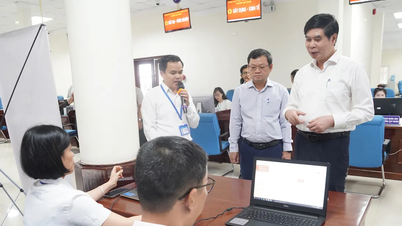

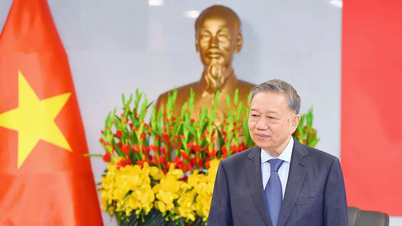
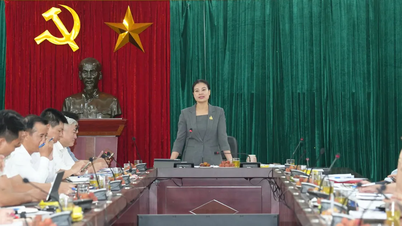

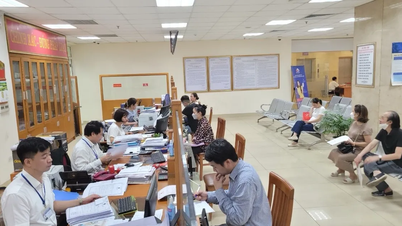














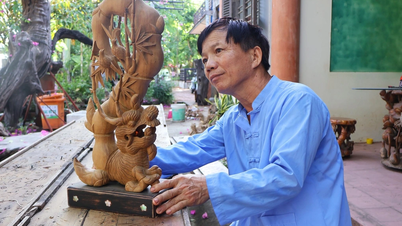





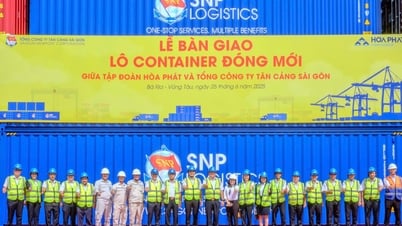



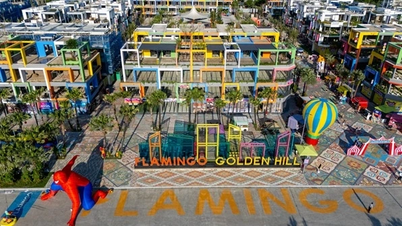





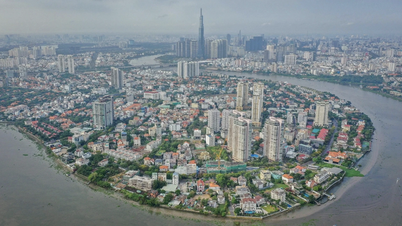





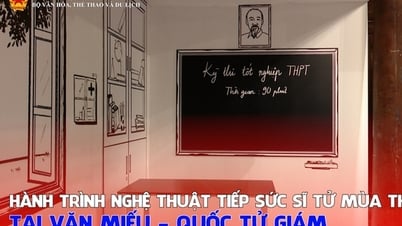

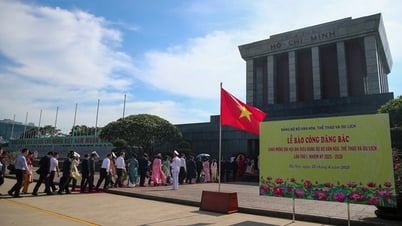
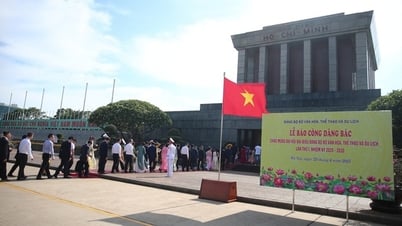
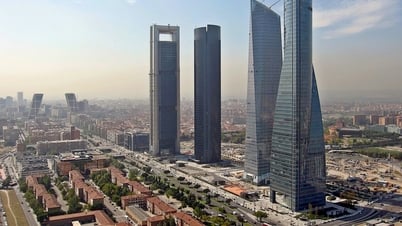

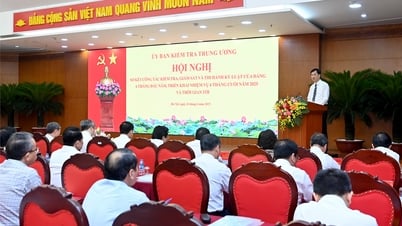

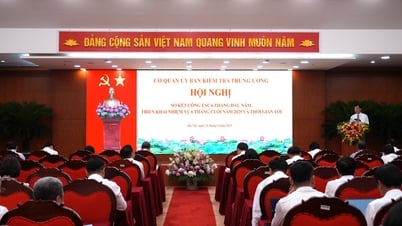
















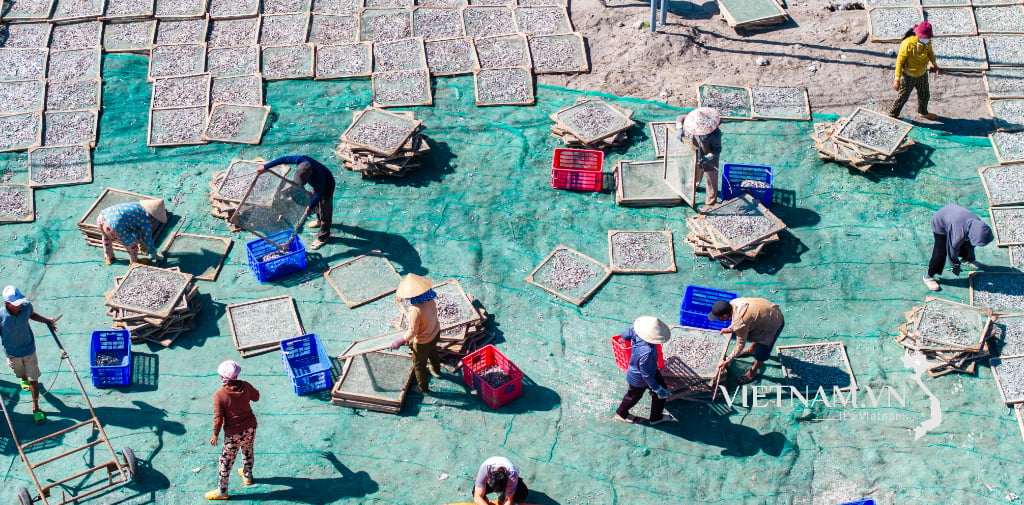
Comment (0)